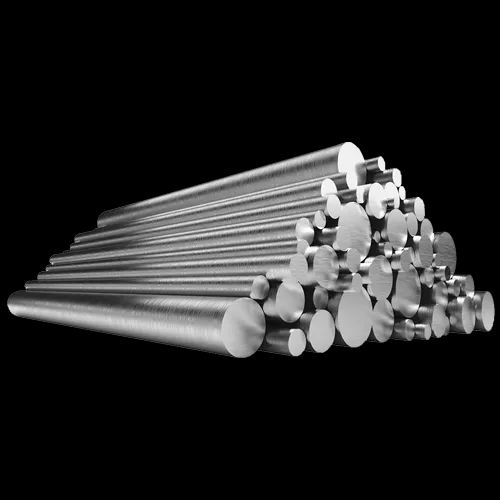Application of Titanium Alloy in 3D Printing Technology
Titanium is a metal with a wide range of applications, including aerospace, automotive, medical and chemical industries. It's non-toxic, high-temperature resistant and corrosion resistant.
Researchers have recently found that additive manufacturing can produce an ultra-strong titanium alloy. Using a combination of laser beam powder bed fusion and heat treatment with iron based powder, they created nanoprecipitation microstructures.
Lightweight
Titanium alloys are used in 3D printing technology to create a variety of complex-shaped components, lowering manufacturing costs and shortening production time. This process can be especially useful for the aerospace industry, where lightweight titanium parts may reduce aircraft weight and enhance performance.
Titanium’s high strength and relatively low weight make it an ideal material for additive manufacturing. However, the difficulty of machining the metal means that many companies are searching for more reliable alternatives to manufacturing titanium parts.
A recent study by engineers at Monash University found a new method for enhancing the strength of titanium by manipulating its microstructure through 3D printing. This method reportedly produced the strongest commercial-grade titanium alloy yet.
In addition to the strength-to-weight ratio, this material has exceptional heat resistance and corrosion resistance. This makes it the ideal choice for a wide range of applications, including aerospace, automotive, energy and medical industries.
High strength
Titanium alloys are an extremely popular material for 3D printing technology because of their light weight and high strength. They are used in many different industries, including aerospace, automotive, defence, energy and biomedical.
An international team of researchers has figured out how to use 3D-printing technology to create a titanium alloy that is ultra strong. This breakthrough can help in a number of important industries, and is a big step forward for the industry as a whole.
In a study, the researchers found that titanium parts made using 3D printing technology had higher yield points and tensile strengths than those fabricated by traditional manufacturing methods. They were also able to produce more complex shapes with greater ductility than other materials, which can be useful in the aerospace and automotive industries.

image source https://www.pinterest.ph/
Corrosion resistance
Titanium alloys are used in a wide range of industries due to their high strength, lightweight and resistance to corrosion. They are also used in aerospace, automotive and energy industries.
However, making these materials using conventional manufacturing methods can be difficult for aluminum alloy powder. This is because they need complex casting and thermomechanical processes.
Researchers have now found a way to 3D-print titanium alloy, allowing for the production of large components without expensive machining or casting. This technology is said to be 50-100 times faster than powder-based systems and uses 25-50% less titanium than forging processes.
Ti-6Al-4V (also known as TC4 or Ti64) is one of the most common titanium alloys because of its corrosion resistance, high strength-to-weight ratio, and low density. It is widely used in aerospace and medical applications and is an ideal material for 3D printing technology.

image source https://www.pinterest.ph/
Biocompatibility
Titanium alloys are highly biocompatible with copper alloy powder, which means that they do not cause adverse reactions in the body. They are widely used in the medical field, particularly in implant devices and fracture plates.
However, there are some challenges when using titanium as a 3D printing material. First, the titanium powder must be atomized into spherical particles by using gas or plasma atomization.
Next, these particles must be deposited onto a substrate using FDM technology. This is a common additive manufacturing method, and it can be used to create a variety of parts.
While biocompatibility testing is a critical step in the development of medical devices, it can be time-consuming and expensive. OEMs can reduce the amount of testing they need by leveraging master access files that provide biocompatibility information from their materials suppliers.


No comments yet